- /
- Blog
- /
- Ecommerce SEO vs. Traditional...
Ecommerce SEO vs. Traditional SEO:
Key Differences & Success Metrics
Ecommerce SEO vs. Traditional SEO: Key Differences & Success Metrics
In the present day, it’s become increasingly important to keep a strong online presence, regardless of whether you are running an eCommerce store, a blog, or a corporate website. SEO or Search Engine Optimization is one of the essential processes of increasing an online business’ visibility and attracting potential traffic. Not all SEO strategies are equal, however, and more specialized forms of SEO tend to have different challenges. A website that offers multiple types of content has general SEO which focuses on search rankings, while an online store has ecommerce SEO, which has different challenges and goals.
Recognizing these differences is critical in selecting the right strategy for your business. This blog post will discuss how eCommerce SEO strategies and objectives differ from all other types of SEO strategies, along with tips on how to measure the success of your eCommerce SEO strategy.
What is Ecommerce SEO?
Ecommerce SEO is a process that focuses on optimizing online stores to increase their rankings on various search engines. The hybrid SEO approach concentrates on content marketing, branding, and lead generation. On the other hand, eCommerce SEO is remarkably different and targets product sales. In addition to optimizing the product pages and category pages, eCommerce SEO also includes images and other technical components, like site structure or user experience.
What is the difference between Ecommerce SEO and other forms of SEO?
Ecommerce SEO is done for online stores and it revolves around the optimization of product pages, boosting the rate of conversions, and drawing in buyers. Other forms of SEO are general and can be applied to any kind of website. Such forms concentrate more on the cumulative content of the virtual store and how users interact with it instead of what the products are. The Differences Between Ecommerce SEO and Other Types Of SEO
Putting More Efforts on Product Pages than Content Pages : General SEO focuses on blog posts, service pages and other types of content features, whereas in eCommerce SEO, product and category pages are given higher priority. The aim is to cover that potential buyers can access the relevant product pages straight from results pages.
Different Kinds of Queries with Specific Keywords : In SEO focuses, keyword strategies were targeting mostly generic information based queries, while in eCommerce SEO focuses on commercial and transactional keyword phrases like “buy running shoes online” instead of “best running shoes for beginners”
The Layout of the Site and the User’s Experience : Site architecture is defined with categories and subcategories for products that need to be designed. Like in other types of websites, there are no advanced navigational layers deep, so eCommerce sites have to be designed to provide the best layout for browsing and purchasing.
The More Advanced Aspects of Technical SEO : Online stores have plenty of product pages with lots of dynamic content and filter options, which means that technical SEO will be harder to manage. Technical issues such as duplicate content, long page load times, and mobile responsiveness all require constant attention.
Conversion Rate Optimization (CRO) Integration : On one end of the spectrum is general SEO, which focuses on increasing organic traffic. On the other hand, eCommerce SEO is inextricably linked to conversion optimization. A good strategy will not only bring visitors to the site, but also ensure that they make purchases. This strategy draws attention to call-to-action buttons, product descriptions, and trust signals.
How do I recognize that my Ecommerce SEO strategy is effective?
To measure how well your Ecommerce SEO strategy is working, you can keep track of organic traffic, keyword rankings, conversion rates, and sales. Your SEO agency should regularly provide reports to you regarding the performance of the website so you can track if any changes have to be made to the strategy.
Higher Organic Traffic to Product and Category Pages : Perhaps the greatest positive indicator of any eCommerce SEO strategy is a marked increase in both product and category organic traffic. You may review your analytics data to determine if more prospective customers are finding your products using different search engines.
Keyword Search Ranking Improvement For Transactional Keywords : If you happen to notice your site ranking moving up towards top positions for high intent non-brand keywords, then it is safe to say that your SEO strategy is working. In this case Google Search Console and SEMRush can also be helpful to track improvements.
Lower Bounce Rates and Higher Engagement : If a site’s eCommerce implementation is done well, then users will be encouraged to explore on average many pages of the web site. A strong decline in bounce rates coupled with stronger customer engagement signals a more favorable UX.
Boosting Sales and Increasing Conversions : Sales generation is the main objective of eCommerce SEO. Your strategy is working effectively when products purchased and cart additions show a rise in conversions because you are not just bringing in traffic but also revenue.
Want to maximize your marketing ROI? Our audit & consulting services help identify what’s working and what’s not.
Mobile Optimization and Faster Page Load Speeds : Another critical ranking component is page speed. Your site operating efficiently on mobile devices means your site’s SEO efforts are positioned well. You can use Google’s PageSpeed Insights to measure this.
Lowered Abandonment Rates of Carts : Repeated cart abandonment might mean there are problems with the checkout process. Transactional Product SEO ensures that a customer has a good overall experience from product discovery to purchasing.
Ecommerce SEO is the only type of SEO that affects online stores. It is completely different from the conventional SEO which is geared towards product pages and deals with transactional intent and raising the conversion rate. As with all search optimizations tracking key performance indicators such as search rankings, engagement metrics, and overall conversion rate will help you determine if your eCommerce SEO strategy is working. Visitors opting in to become paying customers will give ecommerce stores an edge in the competitive digital marketplace, which is what well executed strategies intend to do.
Share this Article On:
Recent Updates
- 12 February 2025
- 12 February 2025
- 12 February 2025
- 12 February 2025
- 12 February 2025
Have a Question?
If you cannot find answers to your queries, please fill out the enquiry form. We will contact you shortly.








